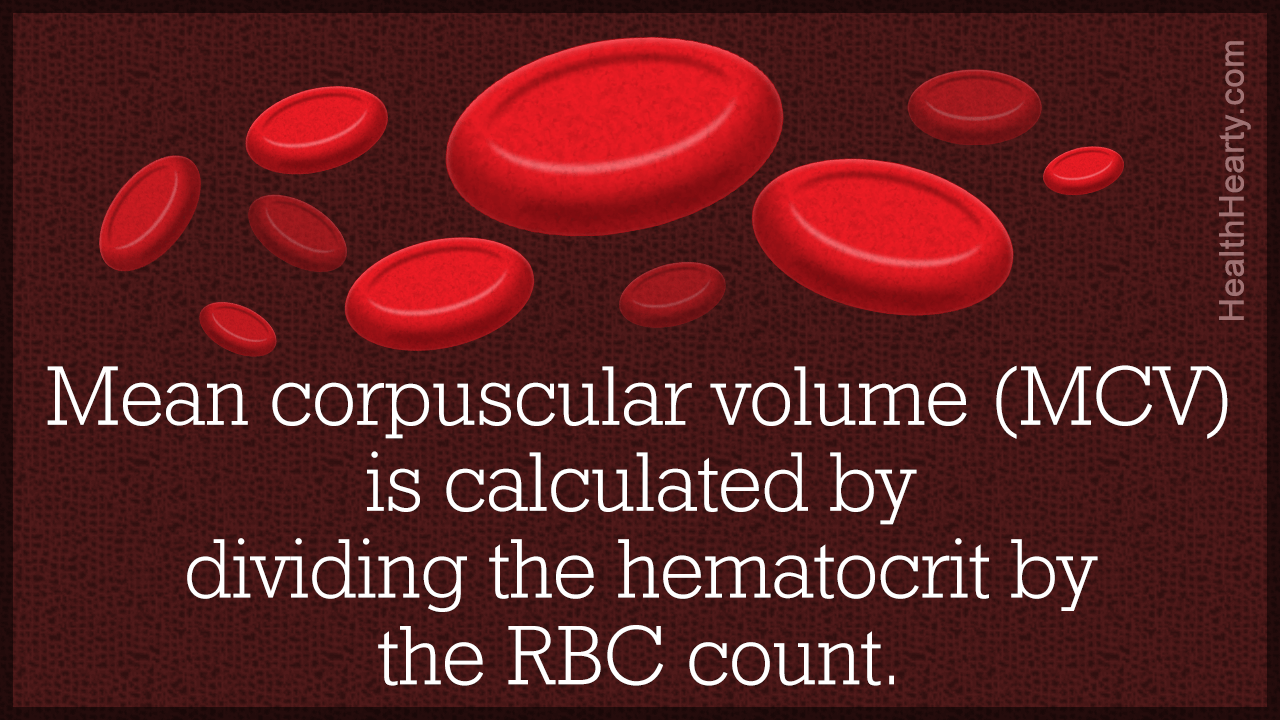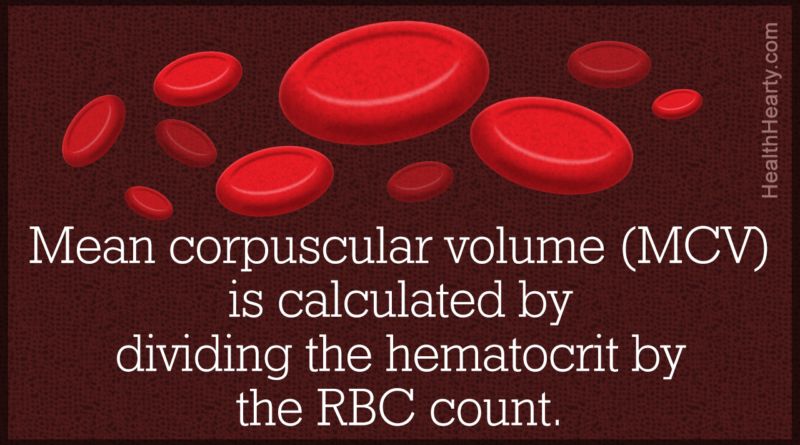What is MCV (in Blood Test)
What is MCV?
The MCV value is determined in the course of a blood test, it is part of the so-called blood count. The laboratory value almost reveals the “shirt size” of the red blood cells (erythrocytes): it provides information about their average volume.
The abbreviation for MCV stands for “Mean Corpuscular Volume”, translated as “medium-cell volume”.
Why is that of interest? If an anaemia is detected in a patient, numerous causes are considered. A closer look at the erythrocytes then helps to distinguish different forms of anemia:
If the MCV is degraded, it is a microcytic anemia. The red blood cells are too small. Most common cause: iron deficiency.
If MCV is elevated, there is macrocytic anemia with enlarged erythrocytes. Often the patient lacks Vitamin B12 or folic acid.
The MCV is normal, there is a normocytic anaemia. Trigger may be a bleeding or kidney disease, for example.
MCV alone is only meaningful to a limited extent. It is only in combination with other laboratory values that a conclusive picture is obtained. For this purpose, the cell content of the blood and the amount of red blood dye hemoglobin, for example. It is also of interest to know how much haemoglobin can be found in an average erythrocyte (MCH value) and how concentrated the dye is (MCHC value). The three parameters MCV, MCH and MCHC are summarized as erythrocyte indices.


